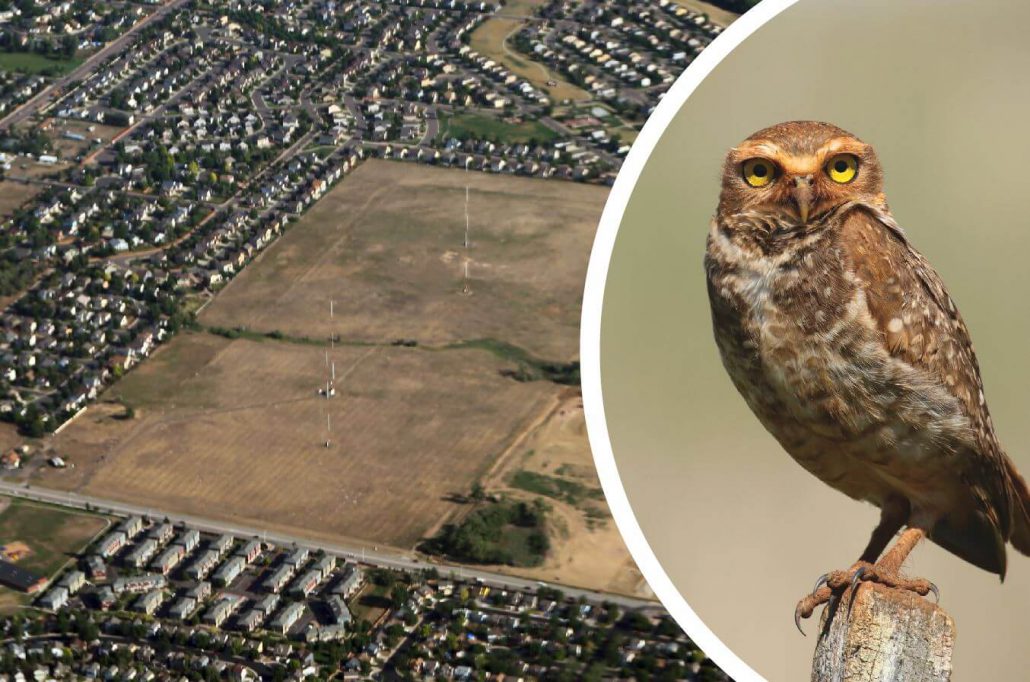
Northern Colorado’s Front Range is one of the fastest growing places in the country. All that growth inevitably is leading to habitat loss for iconic species like the Western Burrowing Owl. Landscape photo by Doc Searls (Flickr CC by 2.0). Burrowing Owl photo by Greg Levandoski.
Habitat is changing across the West.
As our population grows, so does the need for housing, commercial businesses, and food production. Grasslands and prairie habitat are disappearing rapidly, impacting wildlife that rely on them. Some species will adapt to increased urbanization, while others will likely continue to decline and need specialized conservation strategies.
In the face of continued development, working collaboratively is more important than ever. Throughout our history, Bird Conservancy’s approach has emphasized voluntary, proactive conservation and working in partnership with others. We’ve engaged with farmers and ranchers throughout the West and Mexico for more than a decade and are beginning to work with land developers that have taken a conservation-based approach to growth in Colorado.
It was that thinking that sparked a new partnership between Bird Conservancy of the Rockies and Sterling Ranch. The late Steve Bloom, a former Board Director for Bird Conservancy, could clearly see alignment between the conservation ethic of Harold and Diane Smethills, developers of Sterling Ranch, and Bird Conservancy’s human-centered approach to conservation. Steve took the initiative to set up a meeting between Sterling Ranch and Bird Conservancy to start the conversation.
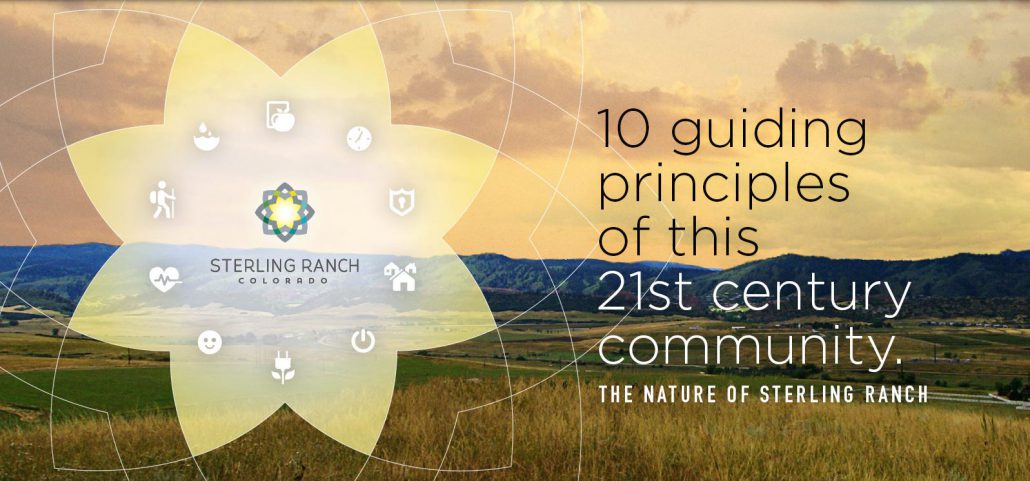
Sterling Ranch is guided by ten principles linked to natural resource conservation, community engagement and quality of life.
Bird Conservancy has a long history of working with diverse sectors toward shared conservation goals. Sterling Ranch recognized the need to balance the demands of our growing population with the conservation of natural resources. The development process at Sterling Ranch involved many entities working to ensure low water use through water harvesting techniques, “smart” homes to reduce energy consumption and increase efficiency, and native landscaping to attract birds and pollinator insects. A few of those partners include ERO Resources, ELEMENT Water Consulting and the Denver Botanic Garden.
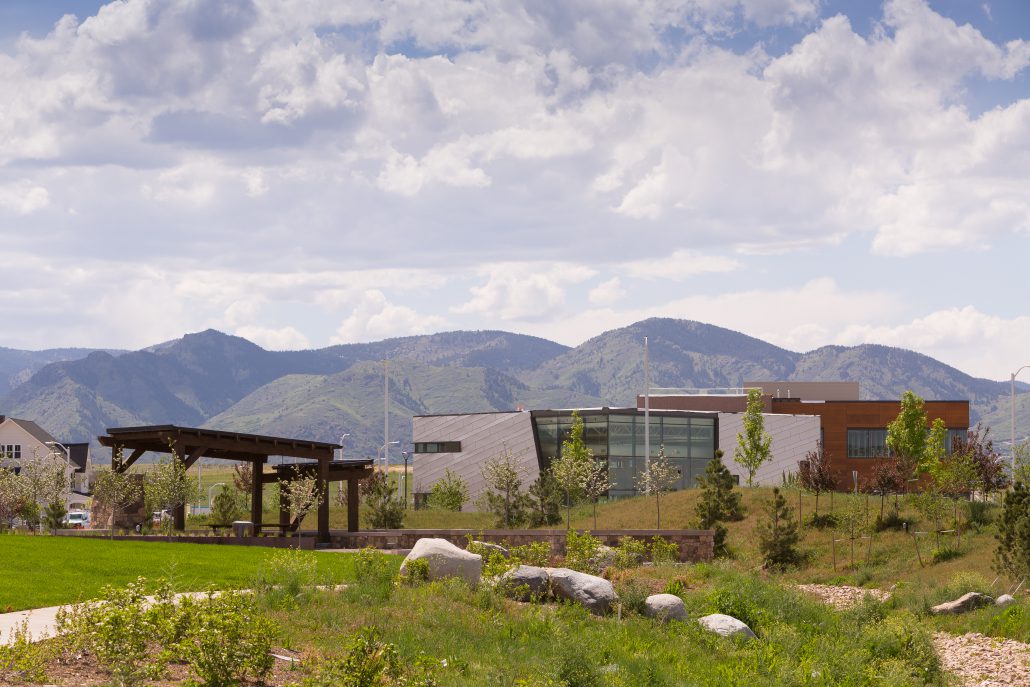
Sterling Ranch includes an information center where residents can gather for community events and have opportunities to learn more about things like bird-friendly landscaping approaches and natural resource conservation.
Since that initial meeting, we have provided advice and technical support to guide Sterling Ranch’s conservation efforts. This includes recommendations on open space conservation strategies, native prairie restoration, wetland development and management, as well as backyard habitat development for homes, ways to minimize collisions with windows, and plantings to help with year-round habitat for birds. In addition, approximately 1,200 acres will remain as Open Space, mostly consisting of creeks, maintaining migratory corridors for deer and elk, and a significant amount of open grassland as described in their Prairie Conservation Management Plan.
Burrowing Owls are an iconic image of the West. They are small—only about 10 inches tall! They make their nests in the burrows of mammals that dig underground, primarily among black-tailed prairie dog colonies, but other burrows will do. Although these owls are a species of conservation concern and listed as state-threatened in Colorado, they have the potential to adapt. The Open Space at Sterling Ranch currently has an active prairie dog town, just what these owls need. Photo by Tasha Blecha.
Our latest collaboration involves Burrowing Owls, a small owl that lives in grassland habitat and that calls Sterling Ranch home during the summer. It is a high priority species for Colorado Parks and Wildlife. Their populations across the state are expected to decline over the next 20 years, especially on the Front Range, which calls for specialized conservation strategies.
One novel approach to Burrowing Owl conservation used for decades in places like California, New Mexico and Oregon, is the installation of artificial burrows where native burrows are in short supply. These artificial burrows—referred to as “condos”—successfully create large complexes that mimic or supplement prairie dog towns. With technical support from Bird Conservancy, Sterling Ranch recently installed artificial nesting burrows following the methods and recommended techniques from the Global Owl Project.
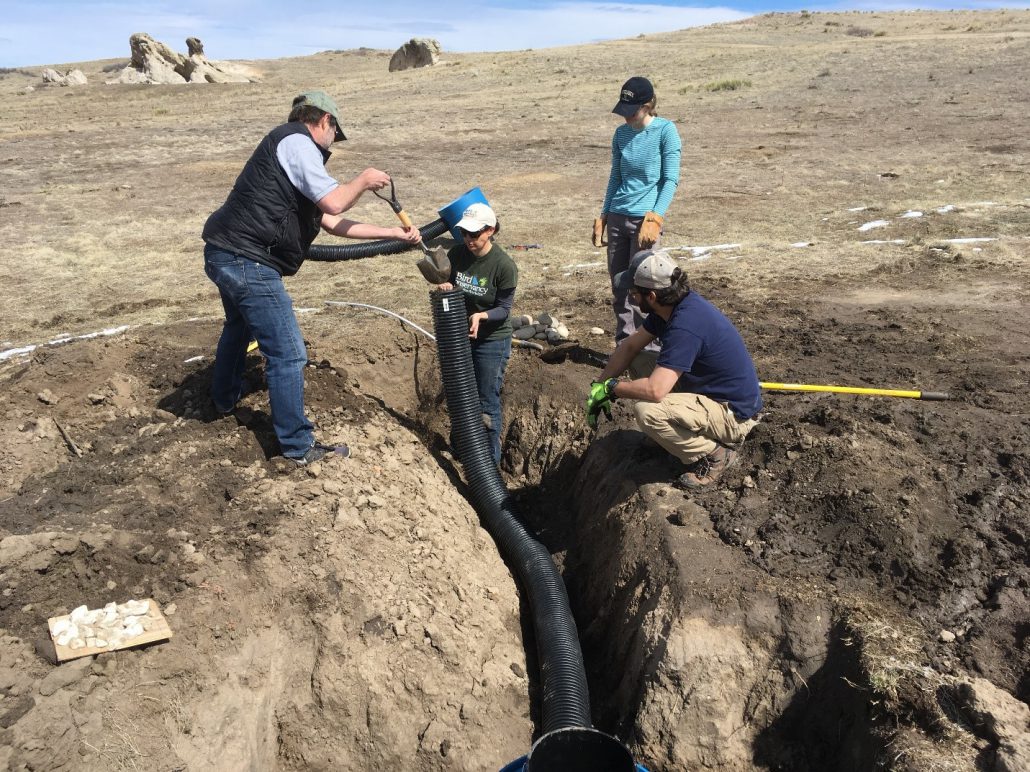
In March 2018, Bird Conservancy staff and volunteers constructed nesting burrows within an existing prairie dog town at Sterling Ranch. We hope that owls throughout Colorado will be able to use “pockets” of habitat such as the one established at Sterling Ranch, as alternate nesting sites. Photo by Lane Requist.
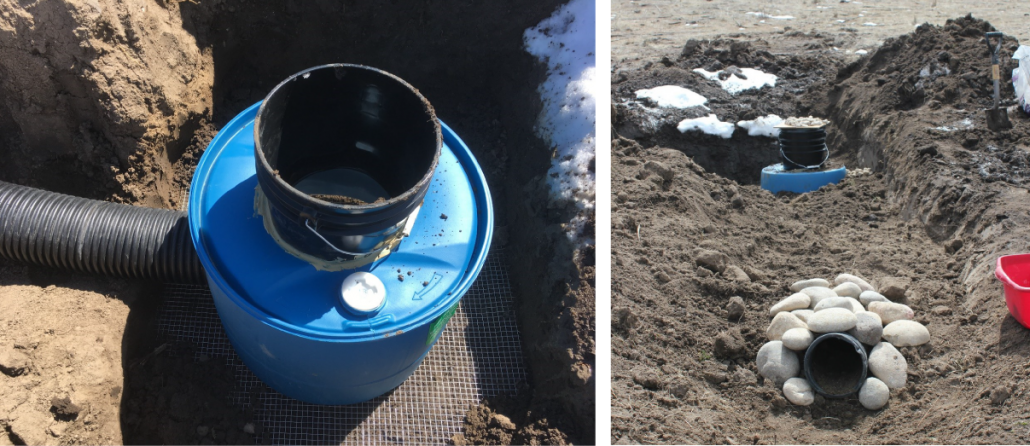
Left: Artificial burrow in the ground and ready to be covered with soil. Right: A nearly completed artificial burrow at Sterling Ranch in the ground. Photos by Angela Dwyer.
This collaborative project is dedicated to the late Steve Bloom, whose vision brought our organizations together. Thank you also to Sterling Ranch for piloting this approach and investing in Burrowing Owl conservation efforts in our changing Front Range landscape. Bird Conservancy continues to collaborate with partners, such as ERO Resources, who have monitored owls on the property and nearby open spaces for more than a decade, and provide management recommendations. We hope this project inspires other developers to see the benefit of working with local conservation groups to help ensure the unique species of Colorado remain part of our landscape for generations to come.
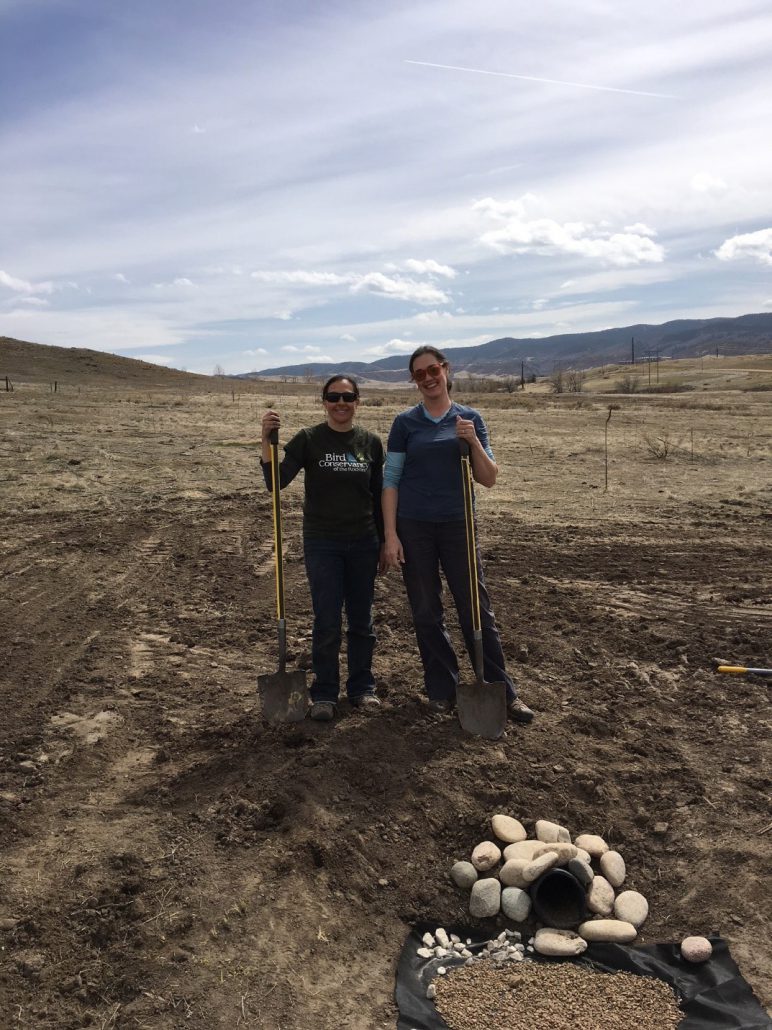
Finished burrow ready for residents! Photo by Anica Sunshine.
Additional Resources:
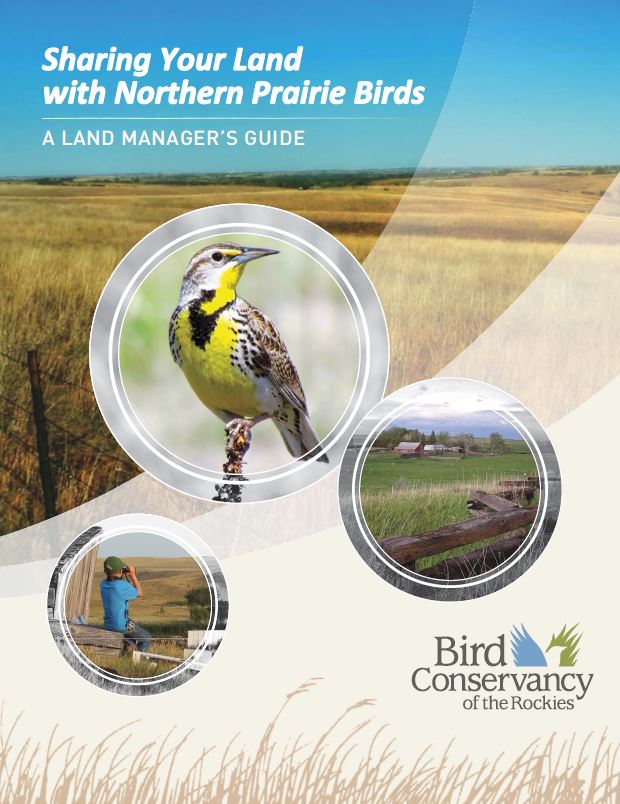
Sharing Your Land with Northern Prairie Birds
A Land Manager’s Guide
The guide is made possible with support from the National Fish & Wildlife Foundation, North Dakota Games & Fish, and the U.S. Forest Service.
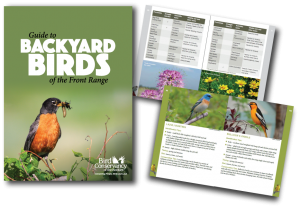
Guide to Backyard Birds of the Front Range
Created specifically for Colorado’s Front Range, this guide is an essential resource for the home gardener and bird enthusiast. Use it as a field guide while out enjoying local open spaces, natural areas, parks and backyards. The guide also gives great info on how to make your backyard an oasis for birds. Take it with you to the local nursery to stock up on bird-friendly native plants, then stop by your local bird feeder and seed store, too!
Available at Wild Birds Unlimited stores in Arvada, Denver and Fort Collins.


